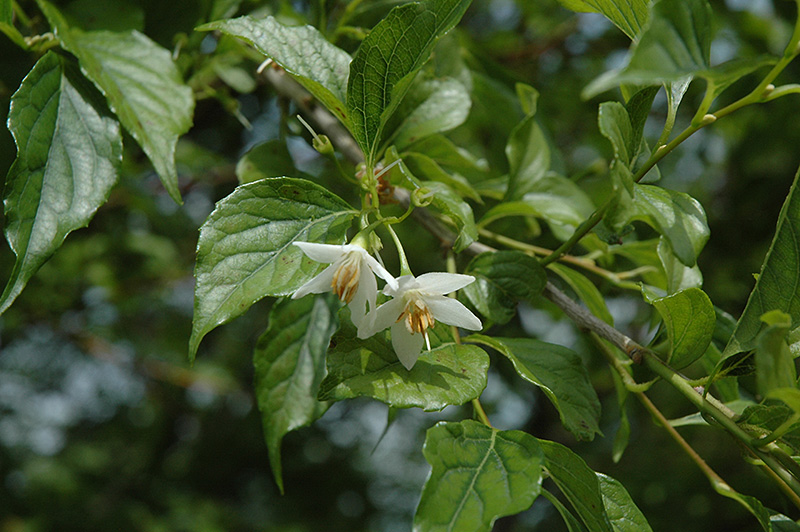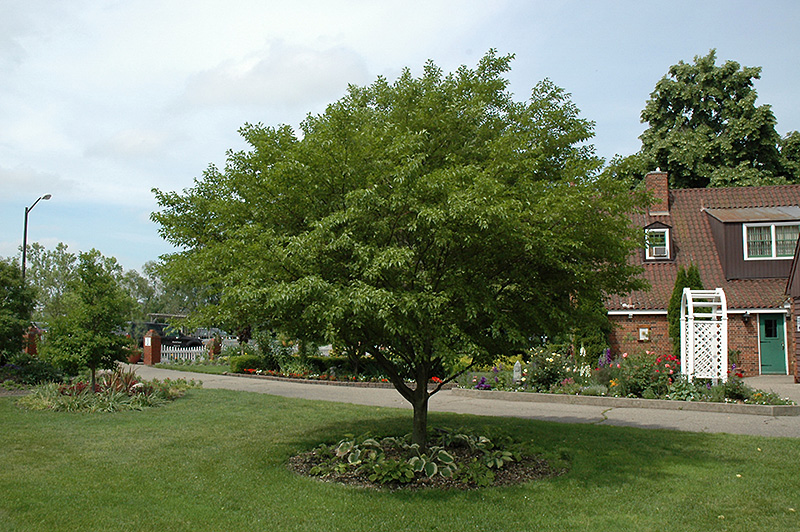* This is a "special order" plant - contact store for details
Height: 30 feet
Spread: 25 feet
Sunlight:
![]()
![]()
Hardiness Zone: 4b
Description:
This variety can be a small, upright tree with ascending brances and rounded crown, or maintained as a large shrub; fragrant, white bell flowers that have showy yellow stamens dangle on long racemes in late spring; a great accent plant
Ornamental Features
Fragrant Snowbell features dainty fragrant nodding white bell-shaped flowers with buttery yellow eyes hanging below the branches in late spring. It has green deciduous foliage. The oval leaves turn an outstanding orange in the fall. The fruits are showy gray drupes displayed from late summer to late fall. The smooth gray bark adds an interesting dimension to the landscape.
Landscape Attributes
Fragrant Snowbell is a multi-stemmed deciduous tree with a stunning habit of growth which features almost oriental horizontally-tiered branches. Its average texture blends into the landscape, but can be balanced by one or two finer or coarser trees or shrubs for an effective composition.
This tree will require occasional maintenance and upkeep, and should only be pruned after flowering to avoid removing any of the current season's flowers. Gardeners should be aware of the following characteristic(s) that may warrant special consideration;
- Invasive
Fragrant Snowbell is recommended for the following landscape applications;
- Accent
Planting & Growing
Fragrant Snowbell will grow to be about 30 feet tall at maturity, with a spread of 25 feet. It has a low canopy with a typical clearance of 2 feet from the ground, and is suitable for planting under power lines. It grows at a medium rate, and under ideal conditions can be expected to live for 40 years or more.
This tree does best in full sun to partial shade. It prefers to grow in average to moist conditions, and shouldn't be allowed to dry out. It is very fussy about its soil conditions and must have rich, acidic soils to ensure success, and is subject to chlorosis (yellowing) of the foliage in alkaline soils. It is somewhat tolerant of urban pollution, and will benefit from being planted in a relatively sheltered location. Consider applying a thick mulch around the root zone in winter to protect it in exposed locations or colder microclimates. This species is not originally from North America.
* This is a "special order" plant - contact store for details






